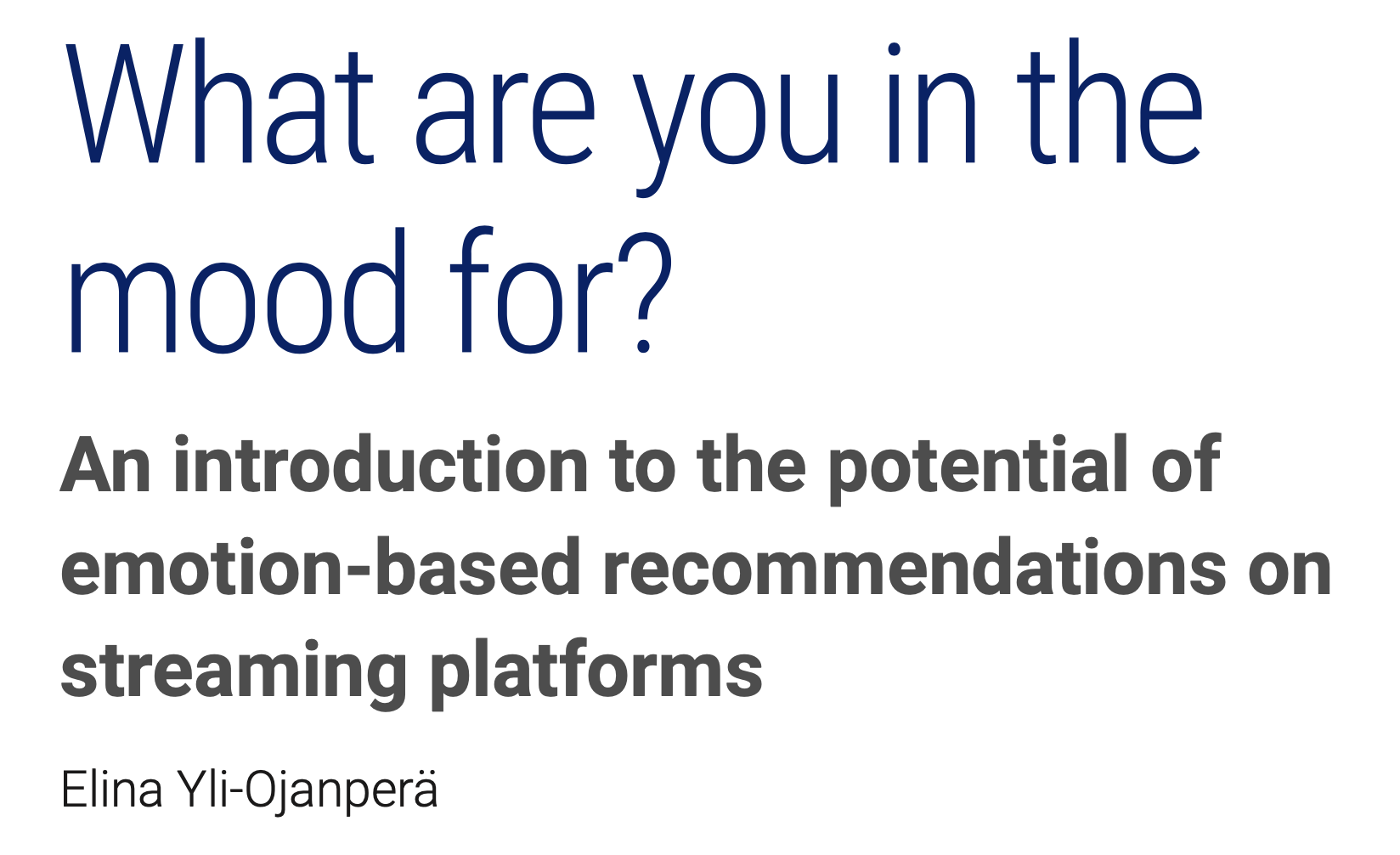Daniel James writes documentation for Sourcefabric, a non-profit organisation creating free and open source software for journalists. It has developed tools for independent media projects in Latin America, Africa, the Middle East and the former Soviet bloc, and does implementation work for news organisations around the world.
Why open source matters to journalism
In the UK, we’re familiar with the idea that journalism faces multiple challenges, with competition from ubiquitous free online content, traditional advertising revenue falling, underinvestment in local reporting, and the prospect of increased state regulation combined with punitive costs for organisations that fail to comply.
Less widely understood is the challenge of technical debt, described by Ward Cunningham in 1992. Cunningham is better known today as the creator of the first wiki. His debt metaphor helps us understand how news software systems become ever more unwieldy until they are impossible to maintain, and have to be replaced.
During the mid 1990′s it might have been acceptable for a newspaper to have a static website, then in the 2000′s content management systems meant news sites were dynamically generated. Skip ahead to the present day; readers now expect live blog coverage, social media integration, video channels, interactive mapping, seamless support for mobile devices and high standards of design, as in the “Snow Fall” layouts pioneered by the New York Times.
All of these features require significant server-side software development, either by the news organisation’s technology supplier, or the in-house software team. The problem identified by Cunningham was that any less-than-perfect code, be it poorly integrated, overcomplicated or simply undocumented, accumulates ‘interest’ as the amount of time spent fixing it increases. A constant demand for new features makes this problem exponentially worse. Like when taking out a pay-day loan, the interest can end up being out of all proportion to the original cost.
Traditional newspapers have relied on proprietary and often bespoke software, deployed at a cost which would be out of the question for today’s media start-ups. Unfortunately, having spent millions of pounds on software is no guarantee that it will be sufficiently flexible for future needs. Being stuck with a legacy news system just because the organisation has invested so much in it may be a sign that technical debt is out of control.
The open source model of software development offers a potential solution for news organisations forced to innovate or die. Instead of creating entirely bespoke systems, this approach recognises that journalists have similar needs all over the world, and that developers can re-use code created by one another. Multiple contributors spread development costs, and guard against technical debt by making the code open to public scrutiny. In science, we call it peer review.
The Guardian is just one newspaper embracing this model, having recently made an open source release of its editing tool, Scribe.
 Media organisations large and small can benefit from contributions to the extensive pool of freely available code, which is all the more important in countries where journalism is considerably more difficult or dangerous than it is in the UK. World-wide access to the software required to put news online, in print or on air helps guarantee independence for journalists when official media channels cannot.
Media organisations large and small can benefit from contributions to the extensive pool of freely available code, which is all the more important in countries where journalism is considerably more difficult or dangerous than it is in the UK. World-wide access to the software required to put news online, in print or on air helps guarantee independence for journalists when official media channels cannot.
As a bonus, students and interns looking to break into journalism get access to these tools. El Salvador’s leading investigative news site runs Newscoop, the same open source software as the MA Journalism students at the University of Sheffield.
Sourcefabric welcomes your input, and you don’t have to be a software developer to make a difference. Tell us about your projects, and the tools you need to make your journalism thrive.
Daniel James presented Sourcefabric at the 2014 Polis Annual Journalism Conference. Sourcefabric publishes manuals for its software here: http://www.sourcefabric.org/en/resources/manuals/






